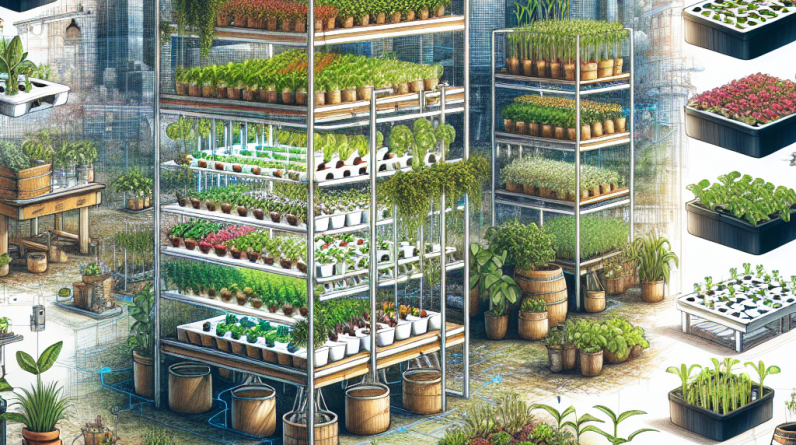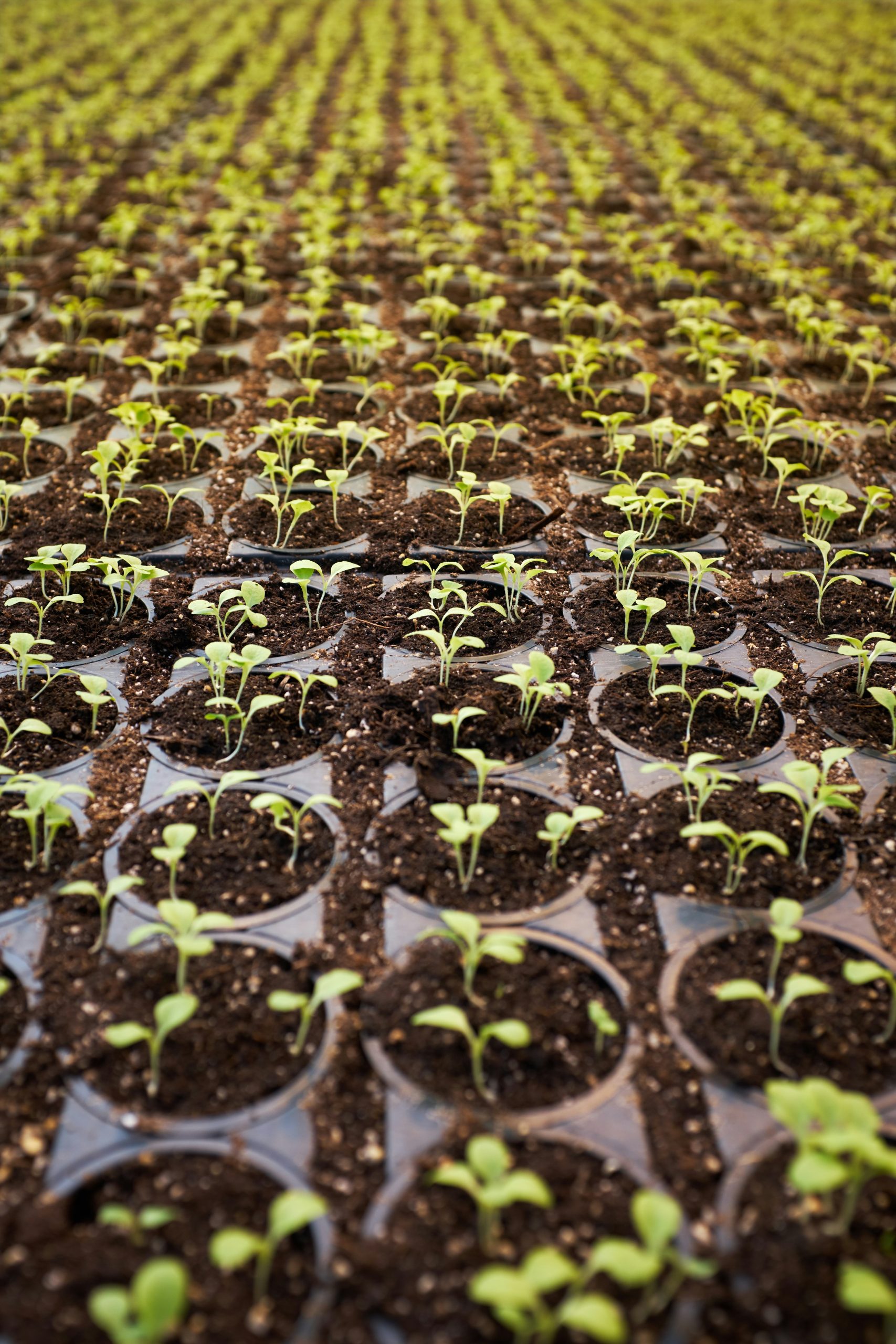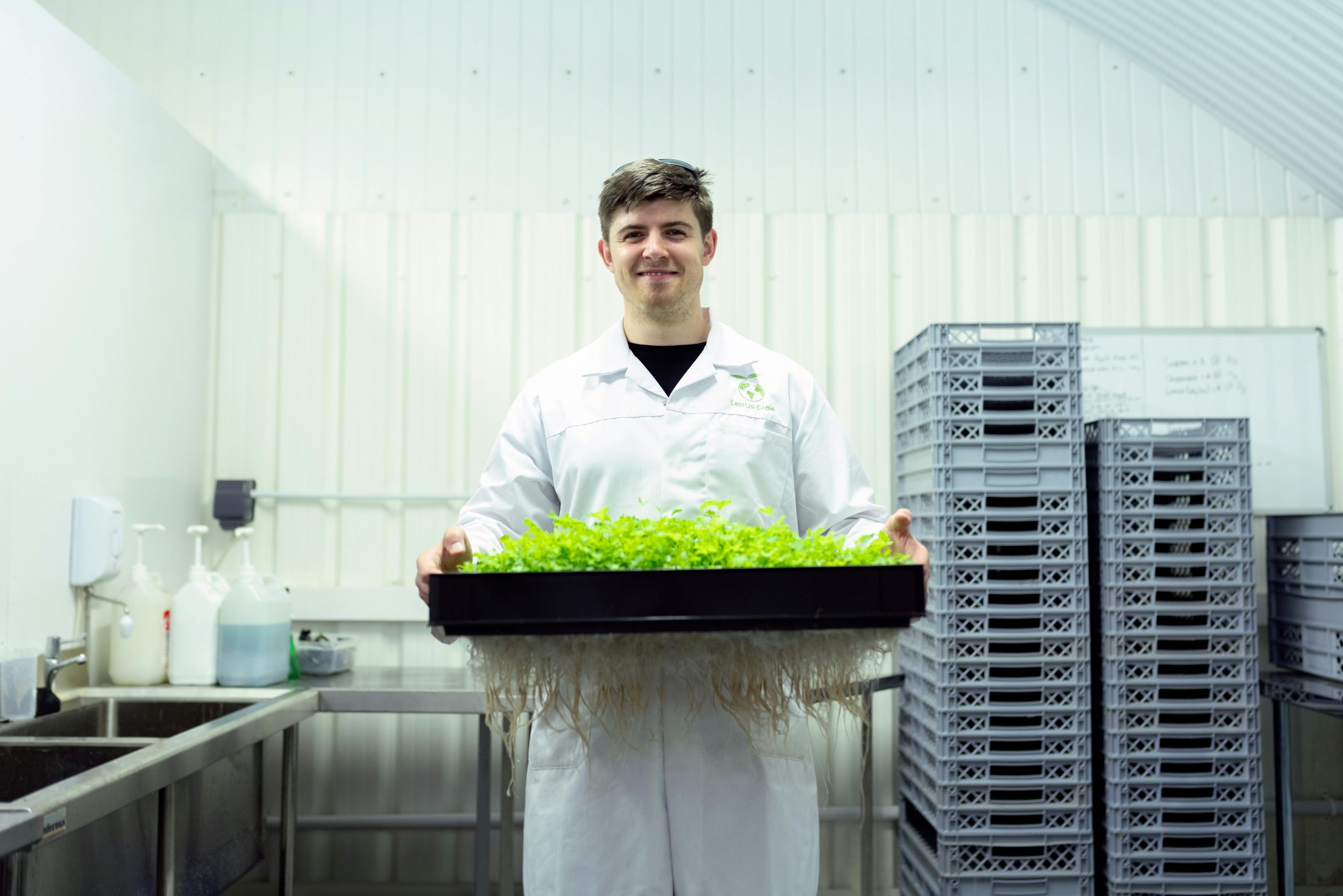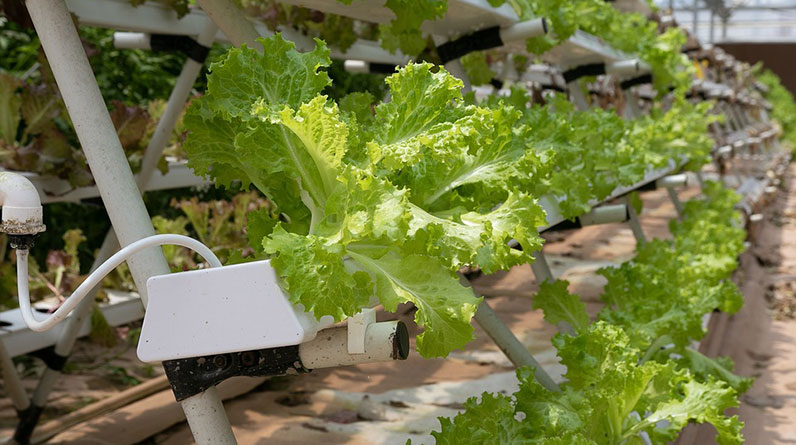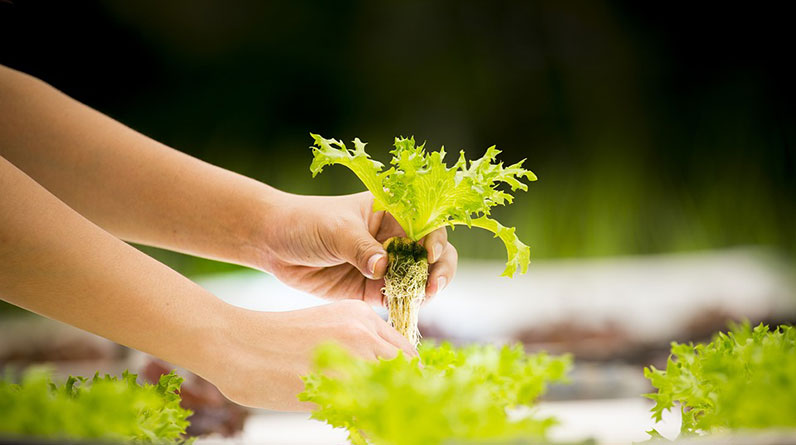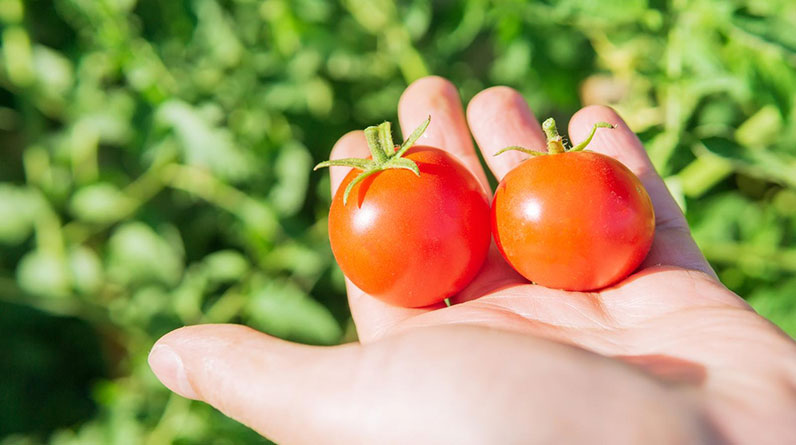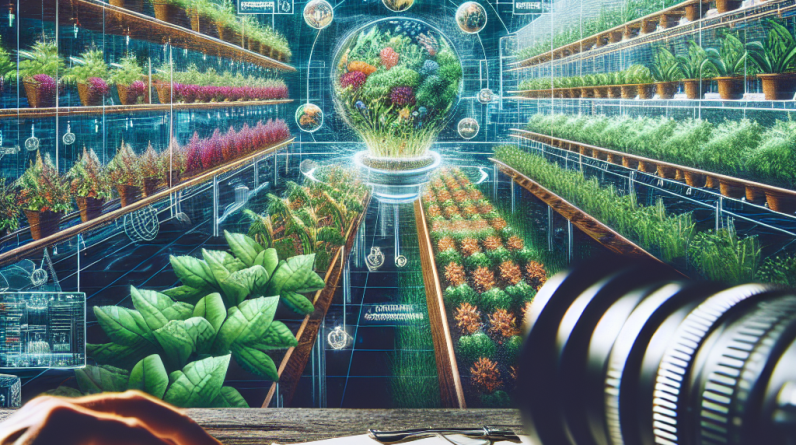
- 1. Choose the Right Hydroponic System
- 2. Optimize Lighting for Growth
- 3. Use Quality Nutrients and pH Management
- 4. Maintain Proper Water Circulation and Oxygenation
- 5. Implement Smart Monitoring Technology
- 6. Select the Best Crops for Your Garden
- 7. Control Environment Conditions
- 8. Practice Regular Maintenance and Cleaning
- 9. Utilize Sustainable and Eco-friendly Practices
- 10. Stay Updated with Industry Trends and Innovations
1. Choose the Right Hydroponic System
Understanding Different System Types
When aiming to create the best hydroponic garden, selecting the right system is fundamental. Hydroponic systems like Deep Water Culture (DWC), Nutrient Film Technique (NFT), Aeroponics, and Ebb and Flow each have their strengths. For example, DWC systems are great for beginners due to their simplicity and rapid growth rates. On the other hand, aeroponics can maximize resource efficiency and yields, making it a top choice for advanced growers in 2025.
Each system type offers unique advantages, so consider what crops you want to grow, available space, and your budget. DWC and NFT systems are popular for leafy greens, while aeroponics suits high-value herbs and microgreens. The key is to pick a system aligned with your goals to optimize your garden’s productivity.
Factors to Consider When Choosing a System
Think about scalability, ease of maintenance, and potential yields. If you’re new to hydroponics, a simple system like a Kratky setup might be perfect, requiring minimal equipment and knowledge. Experienced growers may prefer automated systems with sensors for precise control.
In 2025, emerging technologies like modular setups and hybrid systems are becoming popular, enabling gardeners to tailor solutions that fit their specific needs. Investigate the compatibility of your chosen system with future upgrades and automation options to ensure longevity and growth potential.
2. Optimize Lighting for Growth
Choosing the Best Grow Lights
Lighting is critical in a hydroponic garden, especially when natural sunlight isn’t sufficient. LED grow lights are predicted to dominate the industry in 2025, thanks to their energy efficiency and tailored spectrum options. For the best hydroponic garden, selecting lights with full-spectrum capabilities ensures plants receive the right wavelengths for photosynthesis at different growth stages.
For optimal results, consider the light intensity, coverage area, and energy consumption. High-quality LEDs can be adjusted for height and light spectrum, giving you more control over plant development. The right lighting setup can boost yields by 30% or more compared to insufficient lighting.
Placement and Schedule Tips
Position your lights about 12-24 inches above the plant canopy, adjusting as plants grow. Running lights for 12-16 hours a day mimics natural sunlight, stimulating healthy growth. Using timers and light sensors in 2025 enhances automation and consistency, which is vital for maximizing your best hydroponic garden.
3. Use Quality Nutrients and pH Management
Nutrient Solutions for Optimal Growth
Choosing high-quality, pre-mixed nutrients designed for hydroponic systems can significantly impact your garden’s performance. In 2025, organic and mineral-based nutrient blends are trending, offering better flavor, texture, and nutritional value. Always ensure your nutrient solution contains all essential macro- and micronutrients for your chosen plants.
Regularly monitor and adjust nutrient concentrations to prevent deficiencies or toxicities. Conducting weekly tests of electrical conductivity (EC) and total dissolved solids (TDS) will help maintain an optimal nutrient balance for maximum yield.
Mastering pH Levels
Maintaining the correct pHâgenerally between 5.5 and 6.5âis crucial for nutrient uptake. Automated pH controllers are increasingly popular in 2025, enabling precise adjustments and reducing manual labor. Consistent pH management results in healthier roots and more vigorous plant development.
It’s advisable to test pH levels daily, especially during early growth stages. Proper nutrient and pH management can lead to a 20-25% increase in crop productivity over less controlled systems.
4. Maintain Proper Water Circulation and Oxygenation
Ensuring Adequate Water Movement
Good water circulation prevents stagnation, reduces the risk of root diseases, and ensures even nutrient distribution. Using pumps, aerators, or air stones in your hydroponic setup will keep oxygen levels high, promoting healthy root systems.
In 2025, advanced aeration devices with energy-efficient motors are making it easier to maintain optimal oxygenation, even in larger systems. This is especially important for deep water culture systems, where oxygen availability directly correlates with plant growth rates.
Monitoring Oxygen Levels
Proper oxygenation can boost plant growth by 30% and improve resilience against pathogens. Incorporate dissolved oxygen meters and automated control systems to maintain ideal conditions around the clock. Regular maintenance of pumps and air stones ensures consistent performance.
Introducing oxygen-enhancing additives approved for hydroponics can also support root health, especially during peak growth periods or in warmer climates.
5. Implement Smart Monitoring Technology
Using IoT Devices for Precision Gardening
Smart sensors and Internet of Things (IoT) devices are revolutionizing hydroponic gardening in 2025. These tools provide real-time data on temperature, humidity, nutrient levels, pH, and oxygenation. Integrating such technology helps you optimize conditions with minimal effort.
Leading growers use centralized dashboards or mobile apps to monitor their best hydroponic garden remotely. This automation reduces human error and ensures consistent plant health, leading to higher yields and more efficient resource use.
Benefits of Monitoring for Your Garden
Automated alerts notify you of deviations from ideal conditions, enabling swift corrective actions. Studies show that smart monitoring can improve crop yields by up to 15% while conserving water and nutrients.
In 2025, the combination of AI and machine learning is further enhancing these systems, allowing predictive adjustments and smarter resource management.
6. Select the Best Crops for Your Garden
High-Performance Crops for 2025
Selecting the right plants is essential to maximize your best hydroponic garden. Leafy greens like lettuce, spinach, and kale continue to be popular due to their fast growth and high yield. Additionally, herbs such as basil, cilantro, and mint thrive in hydroponic setups and are in high demand in 2025.
For growers aiming for profit, high-value crops like cherry tomatoes, peppers, and strawberries are excellent choices, especially when grown with hydroponic precision that guarantees high quality and consistent harvests.
Compatibility and Crop Rotation
Choose crops compatible with your system and environmental conditions. Rotating crops seasonally helps prevent disease buildup and maintains soil (or root zone) health in reusable hydroponic media. Diversifying your plant selection reduces risk and increases overall productivity.
7. Control Environment Conditions
Temperature, Humidity, and Airflow
Maintaining optimal temperature (around 70-75°F) and humidity levels (50-70%) is vital for healthy plant growth. In 2025, climate control systems integrated with smart sensors allow for automatic regulation, creating perfect conditions regardless of external weather.
Good airflow prevents mold and pests, ensuring your best hydroponic garden stays healthy. Oscillating fans and venting systems help distribute air evenly across your grow space.
Automating Climate Control
Modern hydroponic setups often include integrated HVAC systems controlled via smartphone apps or central hubs. Automating environmental parameters reduces manual labor and creates a stable environment for maximum growth. Studies show automation can boost productivity by an average of 20%.
8. Practice Regular Maintenance and Cleaning
Routine Checks and Preventive Care
Regularly inspecting your hydroponic system prevents issues before they become serious. Cleaning nutrient reservoirs, filters, and pumps minimizes disease risk and ensures nutrient solution purity. Maintaining healthy roots is fundamental for a productive best hydroponic garden.
Schedule weekly cleanings and checks to remove algae or biofilm growth, which can obstruct water flow and harbor pathogens. Proper sanitation ensures your crops grow healthily and consistently.
Record Keeping and Troubleshooting
Keep detailed records of nutrient levels, pH, temperature, and plant health to identify patterns or recurring issues. Troubleshooting problems early saves time and resources, leading to better yields in 2025.
9. Utilize Sustainable and Eco-friendly Practices
Water Conservation and Recycling
In 2025, sustainability is at the forefront of hydroponic gardening. Implementing water recycling methods and using efficient pumps reduces waste. Many growers utilize rainwater harvesting and closed-loop systems for maximum efficiency.
Reducing water usage by up to 40% not only benefits the environment but also cuts costs, making your best hydroponic garden more profitable and eco-friendly.
Eco-conscious Nutrients and Materials
Choose organic nutrients and biodegradable materials whenever possible. Avoid harmful chemicals and support regenerative practices to maintain a healthy eco-system within your garden.
10. Stay Updated with Industry Trends and Innovations
Learning and Adapting for 2025
The hydroponic industry is rapidly evolving, with new technologies, crops, and techniques emerging frequently. Follow industry leaders, attend webinars, and subscribe to journals dedicated to hydroponic advancements. Staying informed helps you incorporate the latest innovations into your best hydroponic garden.
Experiment with new solutions, such as hybrid systems or advanced AI control, which can dramatically improve efficiency and yield. Continuous learning ensures your garden remains competitive and productive.
Networking and Community Involvement
Engage with local and online communities to share experiences, troubleshoot challenges, and discover new methods. Collaboration often leads to innovative ideas and best practices for 2025 and beyond.
Frequently Asked Questions
- What is the best hydroponic garden system for beginners in 2025?
- A simple Kratky or DWC system is typically best for beginners, offering ease of setup and maintenance.
- How can I maximize yield in my best hydroponic garden?
- Optimize lighting, nutrients, pH, environmental conditions, and use smart monitoring tools to ensure optimal growth conditions.
- What crops are most suitable for hydroponic gardening in 2025?
- Leafy greens, herbs, strawberries, cherry tomatoes, and peppers are popular and high-yield crops in 2025âs hydroponic setups.
- How do I ensure sustainability in my hydroponic garden?
- Implement water recycling, biodegradable materials, organic nutrients, and energy-efficient lighting and climate control systems.
- Why is choosing the best hydroponic garden important in 2025?
- Because optimizing your system with the latest strategies increases productivity, sustainability, and profitability, keeping you competitive in a growing industry.
Conclusion
Creating the best hydroponic garden in 2025 requires a combination of innovative techniques, smart technology, sustainable practices, and consistent management. By following these 10 effective strategies, you can optimize plant growth, maximize yields, and ensure your garden is efficient and eco-friendly. Staying informed about the latest trends and continuously refining your approach will help you thrive in the rapidly evolving world of hydroponics. Whether you’re a beginner or an experienced grower, these tips will serve as a reliable guide to achieve success in your hydroponic endeavors in 2025 and beyond.



